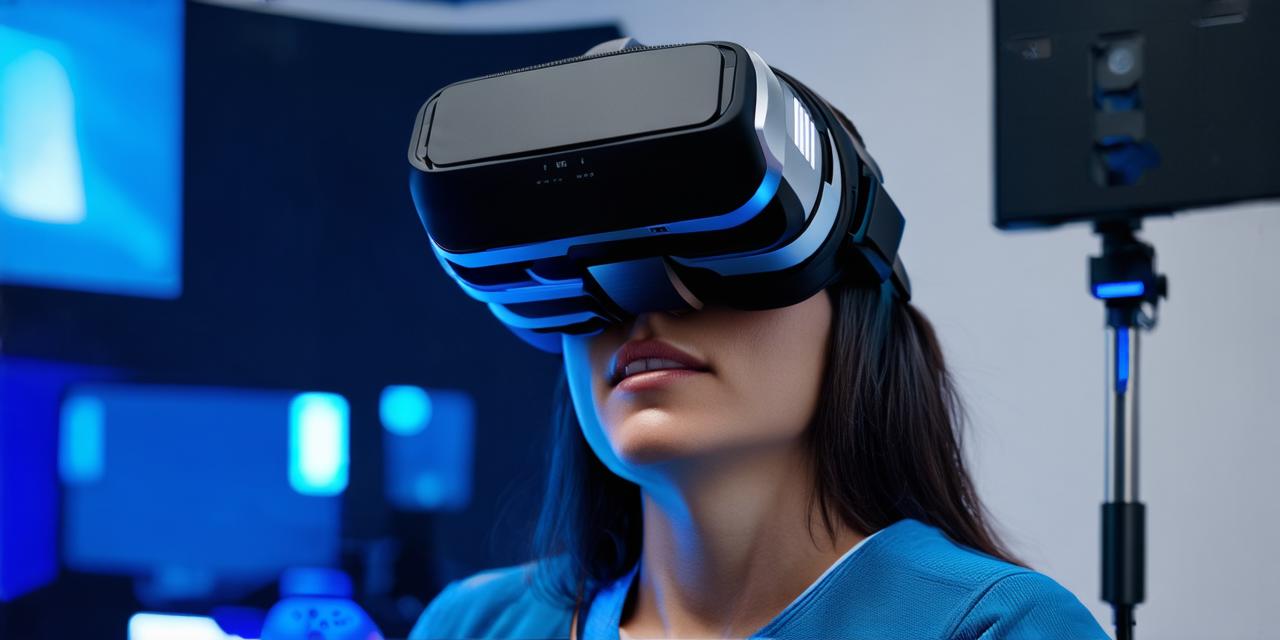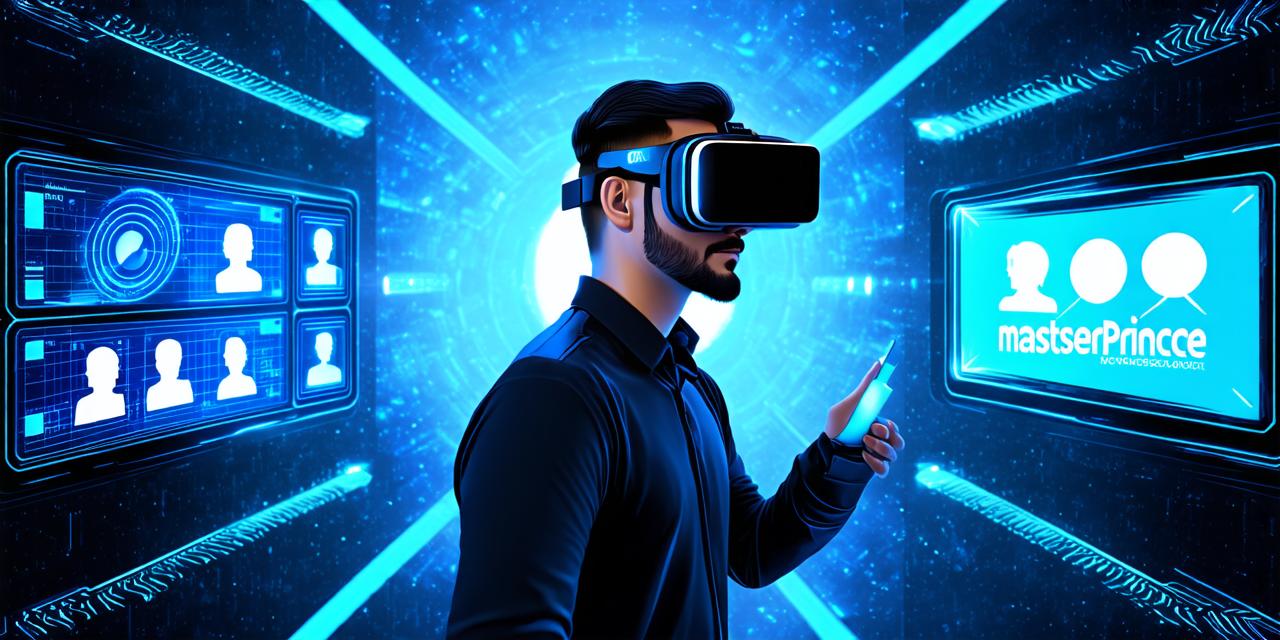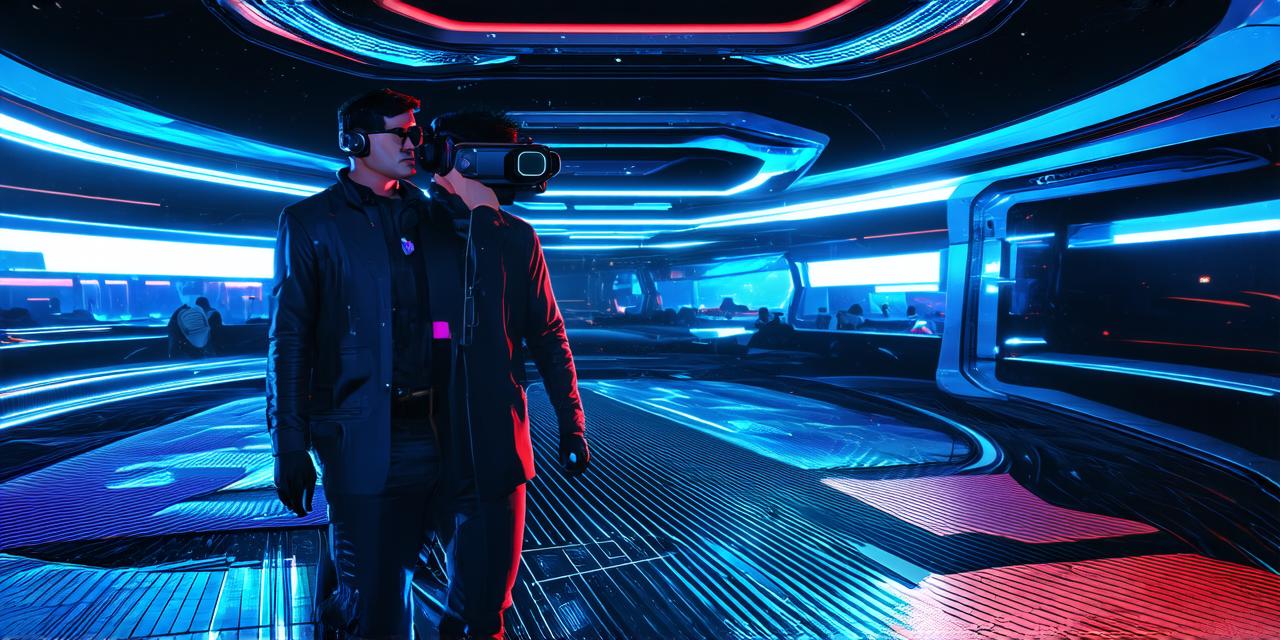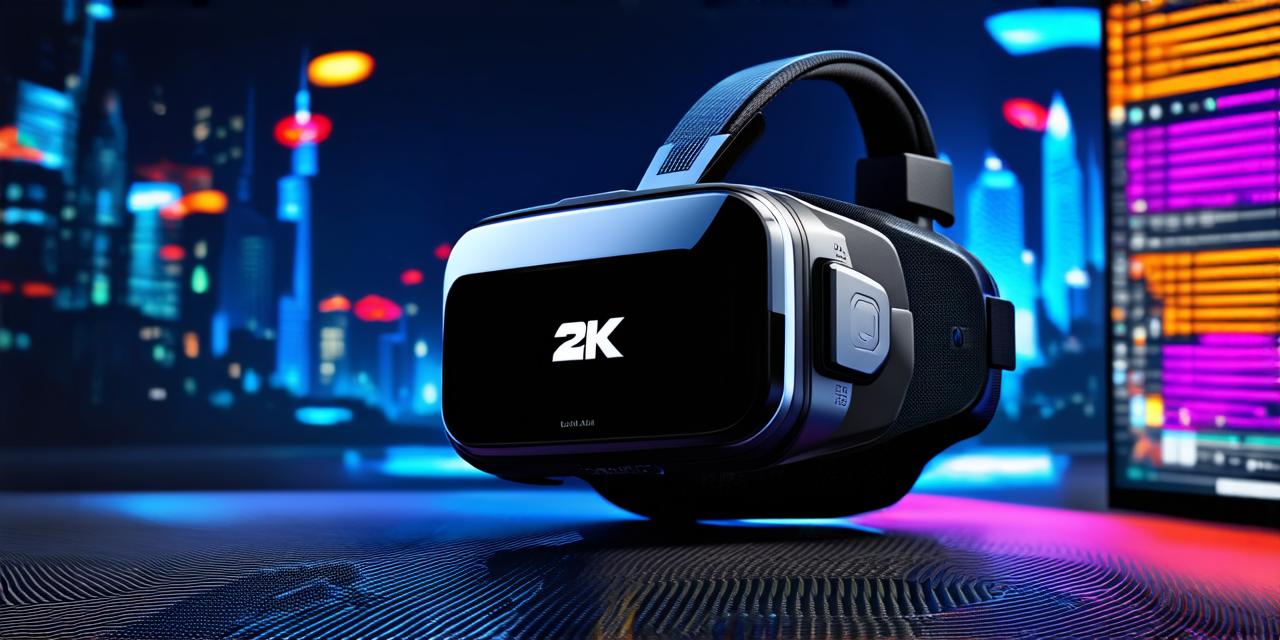Virtual reality (VR) and augmented reality (AR) are rapidly changing the way we interact with technology. Whether you’re a gamer, designer, or developer, VR/AR offers exciting new opportunities to create immersive experiences that engage users on a whole new level. But before you can dive into the world of VR/AR development, you need the right gear.
Hardware Requirements:
To get started with VR/AR development, you will need a computer that meets the minimum system requirements for VR software. For most VR applications, you’ll need at least an Intel Core i5 processor, 8GB of RAM, and an Nvidia GeForce GTX 970 graphics card. However, some more demanding applications may require higher-end hardware.
In addition to a computer, you will also need a VR headset. There are many different types of VR headsets available on the market, each with its own strengths and weaknesses. Some popular options include the Oculus Rift, HTC Vive, and PlayStation VR.
When choosing a VR headset, it’s important to consider factors such as resolution, refresh rate, and tracking capabilities. Higher-resolution displays and faster refresh rates can provide a more immersive experience, while accurate tracking is essential for creating realistic interactions with virtual objects.
You will also need peripherals such as sensors, controllers, and cameras to track your movements in the VR environment. These peripherals are typically included with most VR headsets, but you may need additional sensors or cameras if you’re using a more advanced setup.
Software Requirements:
In addition to a computer and VR hardware, you will also need software to develop VR/AR applications. There are many different tools and platforms available for VR/AR development, each with its own strengths and weaknesses. Some popular options include Unity, Unreal Engine, and ARKit.
When choosing a VR/AR development platform, it’s important to consider factors such as ease of use, support for your preferred programming language, and available assets and plugins. It’s also important to choose a platform that supports the hardware you plan to use, as some platforms may not be compatible with all VR headsets or peripherals.
Development Environment:
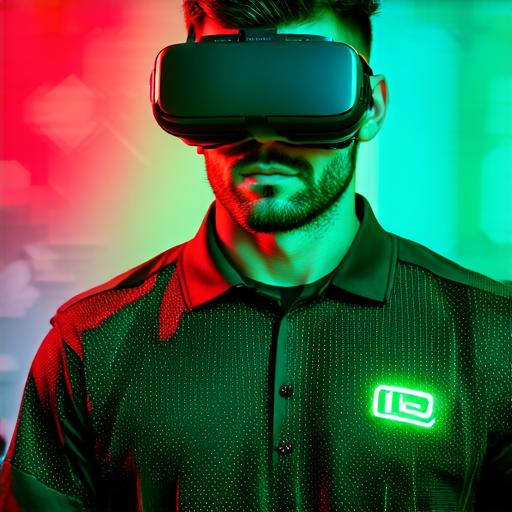
Creating a comfortable and effective development environment is essential for successful VR/AR development. One key consideration is ergonomics. You’ll need to ensure that your workspace is set up in a way that allows you to comfortably work for extended periods of time without causing strain or discomfort.
This may involve adjusting the height and position of your computer monitor, chair, and desk, as well as using ergonomic keyboards and mice. You may also want to invest in a standing desk or other alternative seating options to reduce the risk of back pain or other health issues associated with sitting for long periods of time.
Another important consideration is lighting. Good lighting can make it easier to see and work in your development environment, while poor lighting can cause eye strain and reduce productivity. Consider using natural light whenever possible, or supplementing with artificial lighting if needed.
Testing and Debugging:
Once you’ve developed your VR/AR application, you’ll need to test it thoroughly to ensure that it works as intended. This may involve testing on multiple devices and platforms, as well as conducting user testing to gather feedback and identify areas for improvement.
Debugging can be a frustrating part of the development process, especially when working with complex systems like VR/AR. However, there are many tools and techniques available to help you identify and fix issues in your code. Some popular options include using breakpoints, logging, and debugging libraries.
FAQs:
What kind of computer do I need for VR development?
You’ll need a computer that meets the minimum system requirements for VR software, which typically includes at least an Intel Core i5 processor, 8GB of RAM, and an Nvidia GeForce GTX 970 graphics card. However, some more demanding applications may require higher-end hardware.
What kind of VR headset do I need?
<p
